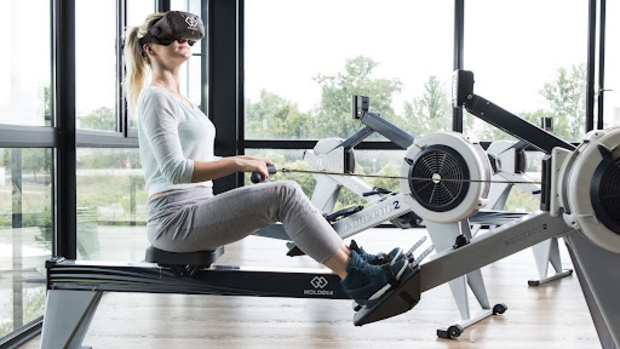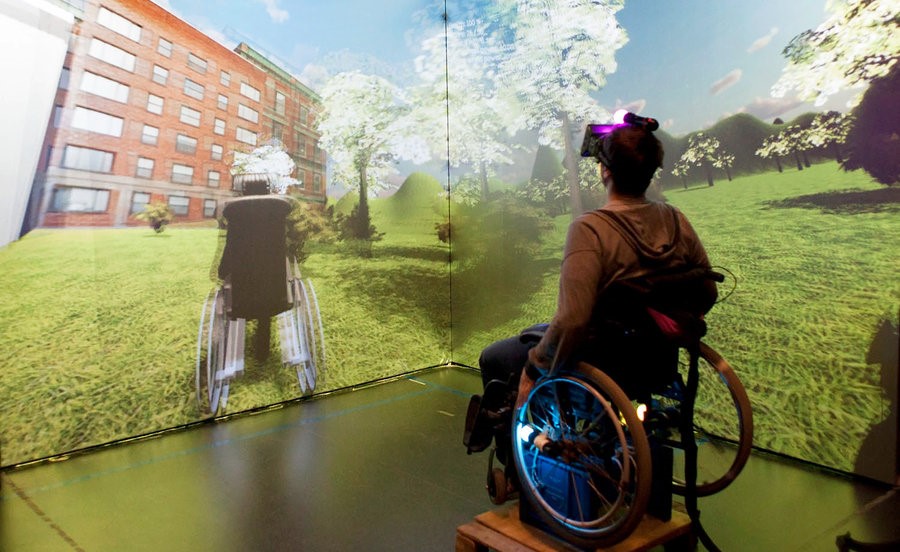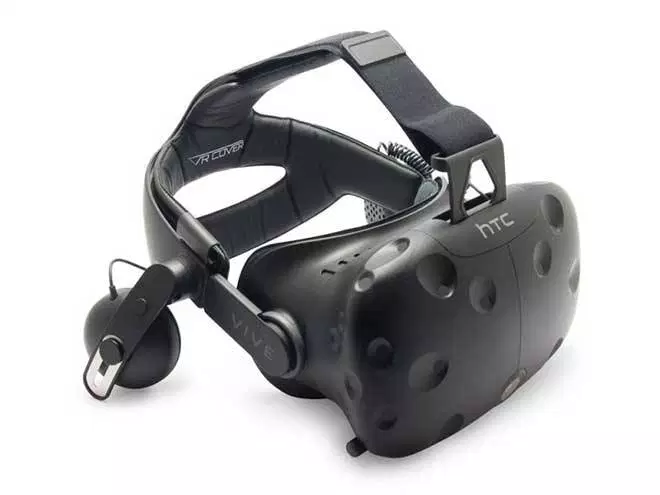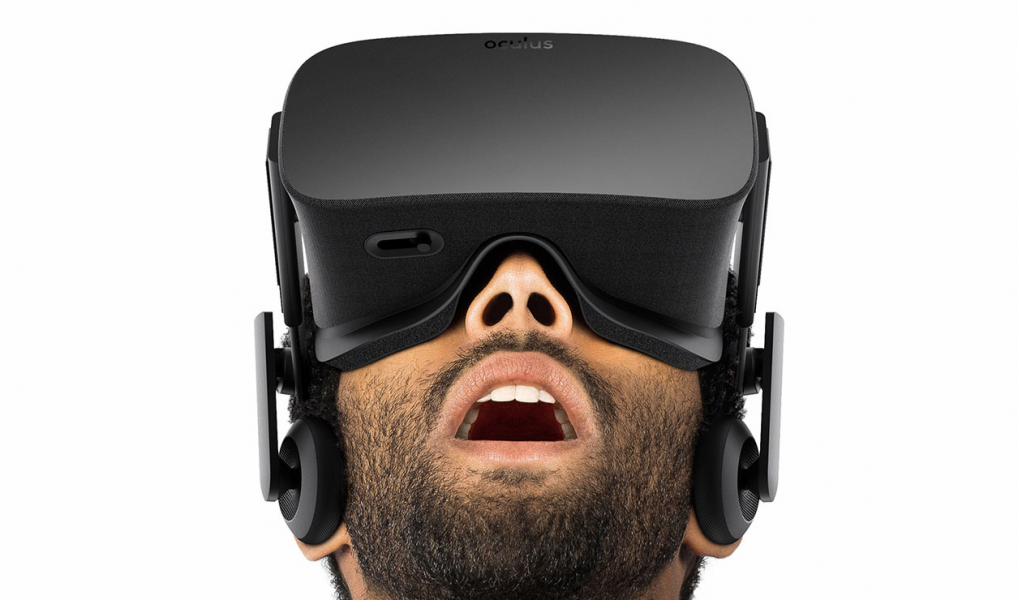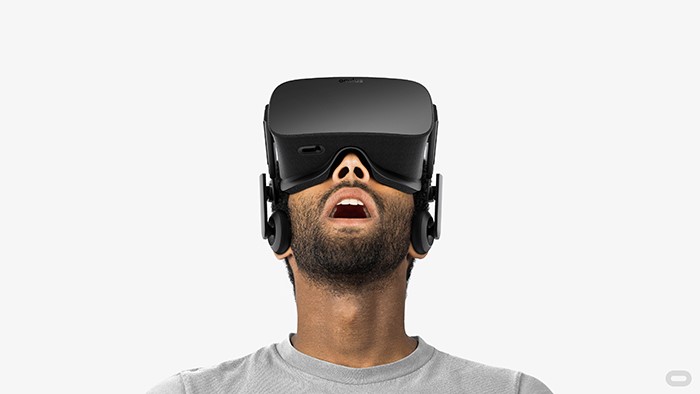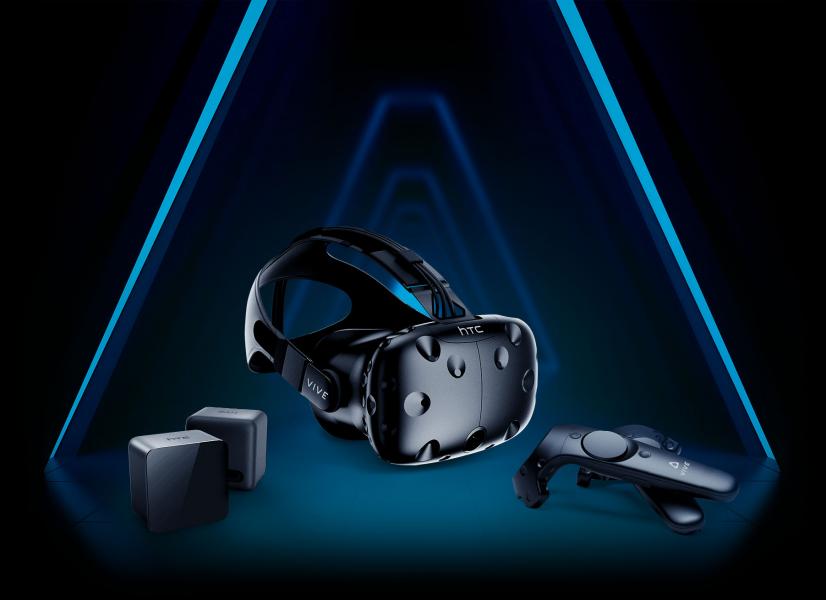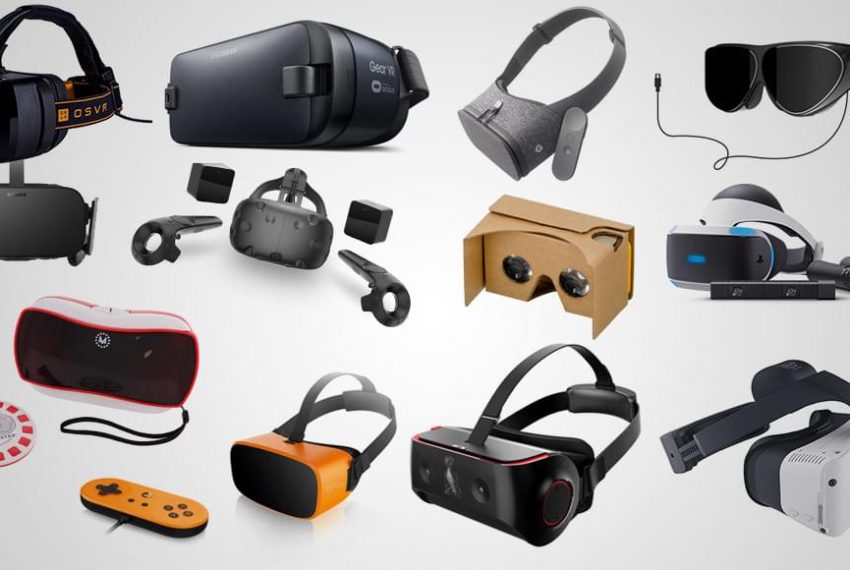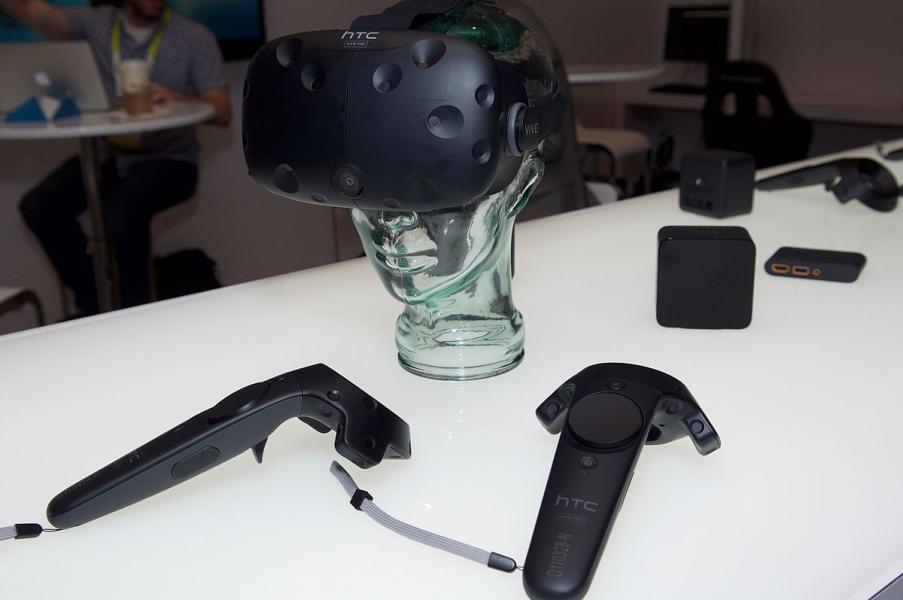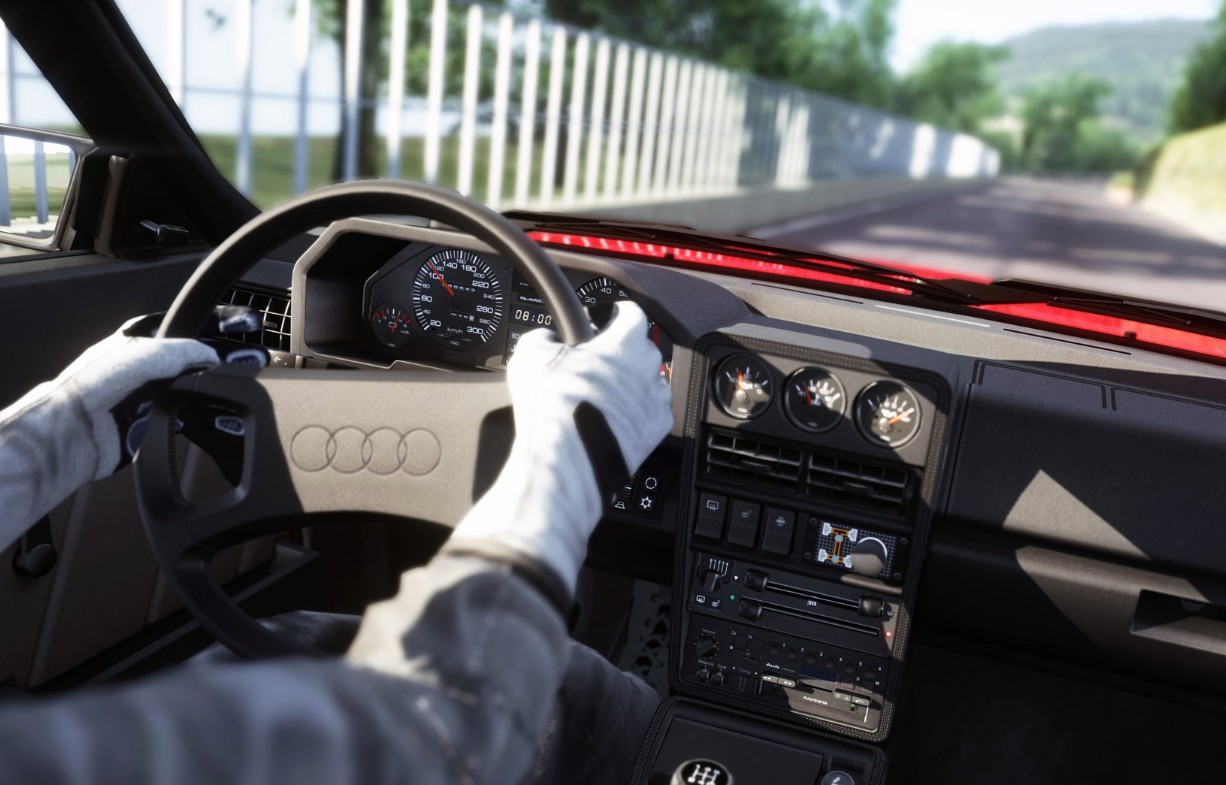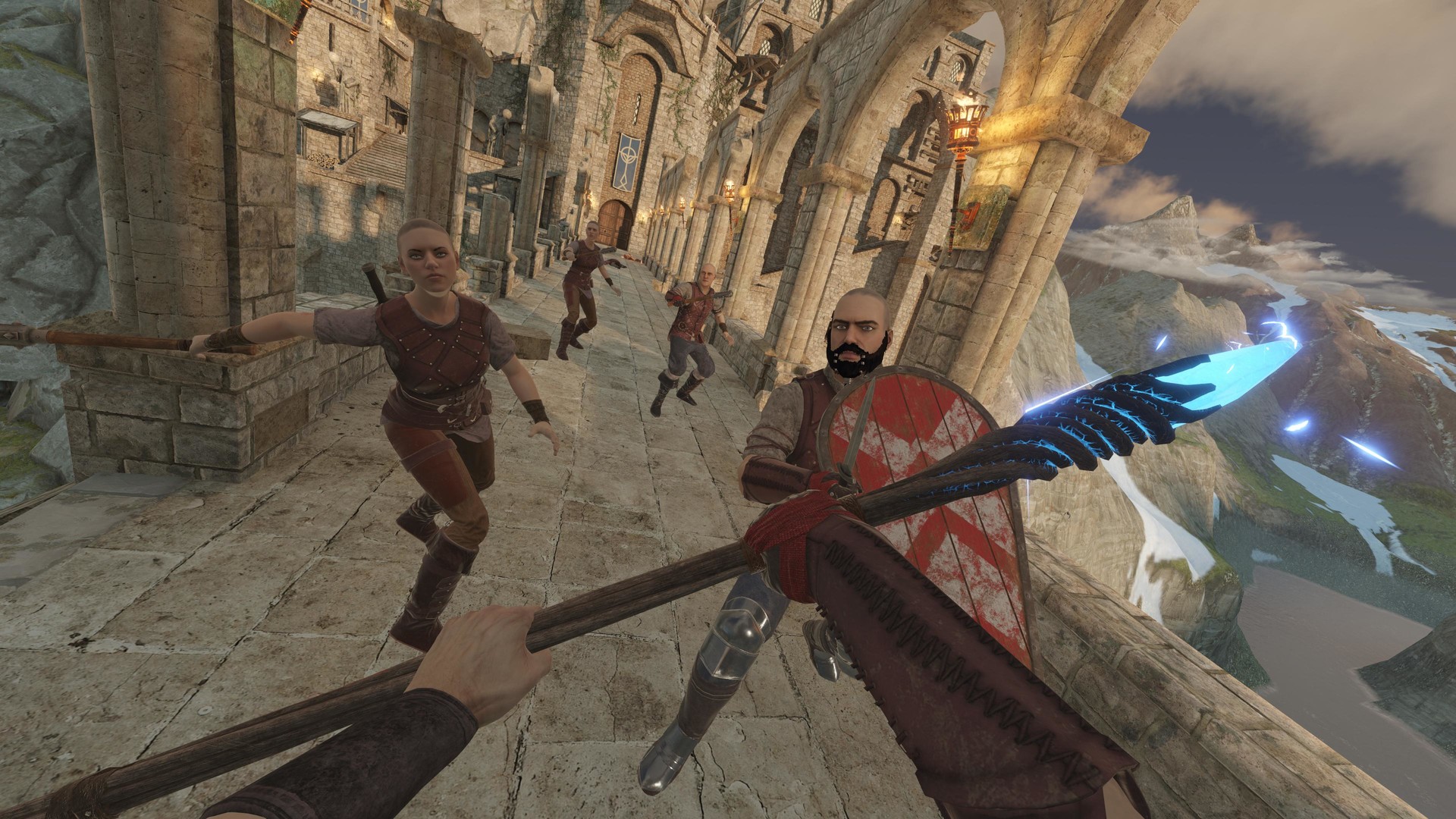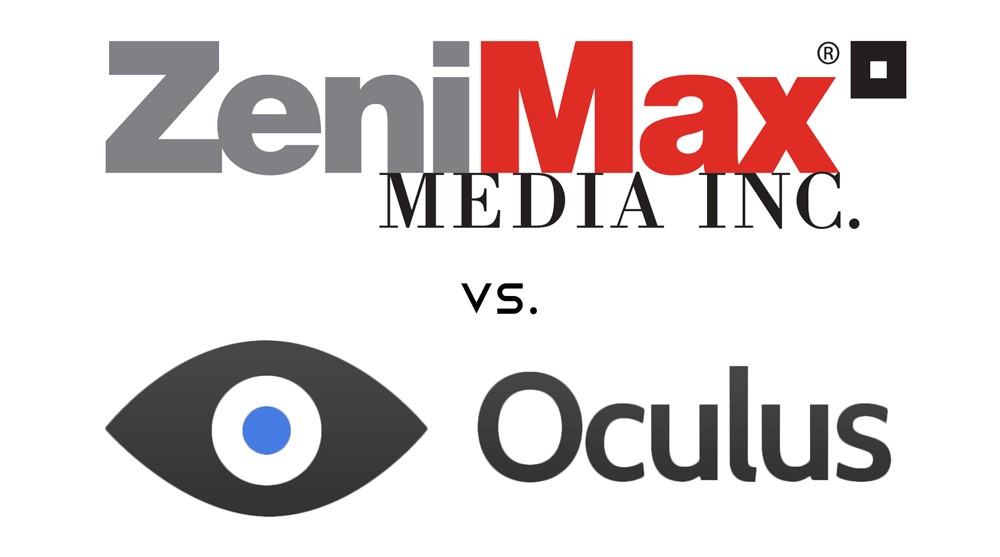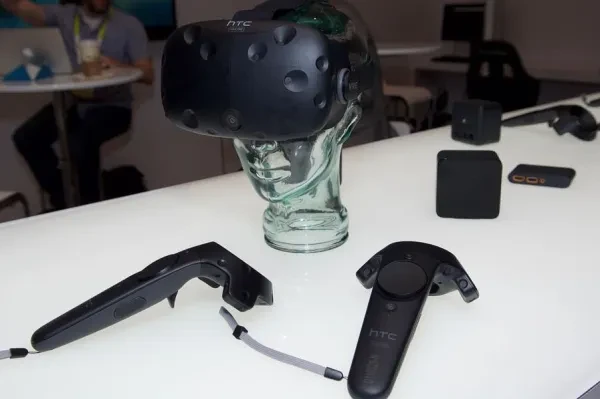
Gamers and tech enthusiasts are beginning to flock to VR now that stable systems are on the market. The HTC VIVE is one of two high-end consumer VR systems available right now. Before rushing out to spend your hard earned money, there are some things to consider beforehand.
1: PC Requirements
Top of the line VR systems rely on extremely high refresh rates to make the virtual worlds seem more realistic during motion, and reduce motion-sickness. Typical refresh rates are around 90 frames per second to achieve the necessary effects. That’s a tall order for a PC, especially when having to keep that up with realistic textures and other effects that most games rely on for visual appeal. HTC requires the following minimum configuration to drive the VIVE:
- Intel Core i5-4590 or AMD FX 8350, equivalent or better
- NVIDIA GeForce GTX 1060 or AMD Radeon RX 489, equivalent or better
- 4 GB RAM or more
- HDMI 1.4, DisplayPort 1.2 or newer
- 1 x USB 2.0 or better port
- Windows 7 SP1, Windows 8.1 or later, Windows 10
If you are unsure your system meets those requirements, download their free system checker here.
2: Cost
VR systems are still relatively new and expensive when compared to game consoles. The cost goes up if you don’t have a compatible gaming PC. The price for the VIVE dropped with the upcoming release of the VIVE Pro becoming HTC’s most expensive model. It is now 499 dollars for the complete system which includes the headset, 2 base stations, the link box, 2 controllers, and the necessary software drivers. HTC usually runs promotions that include free games with purchase as well. The current promotion is a free copy of Fallout 4 VR with purchase.
While 499 dollars seems like an easy choice for gamers, the hefty requirements may force buyers to spend money on expensive upgrades to accommodate the system. The most expensive component, the graphics card, is currently under a supply constraint that is driving its cost way up because cryptocurrency miners are buying every card they can get their hands on. It’s not uncommon to see graphics cards going for several hundred dollars more than MSRP.
3: Space
The HTC VIVE’s main differentiating feature is its out-of-the-box support for room-scale experiences. To take advantage of this cool feature, gamers need a room with a decent amount of completely clear space. This could be a problem for some users. The minimum amount of space necessary for room-scale is:
- 6’6” x 5’ room size, 16’4” max distance between base stations
If you don’t have this space, you can still use the VIVE in standing/seated mode. Be aware that some games require room-scale space to play.
4: Content
SteamVR and HTC Viveport provide a substantial catalog of games and other experiences for VIVE owners. Gamers who are purchasing the VIVE should be aware that the number of full AAA titles are currently very limited, as most games are from indie developers or are still in Early Access. This will change over time as more consumers purchase VR systems, but for now, don’t expect a near-infinite catalog of games like Steam provides for normal PC gaming.
5: Next Gen Headsets on the Horizon
The HTC VIVE is a fantastic VR system, and is easy to recommend to people who have the money, space, and desire to indulge. Every potential buyer should consider their options and understand the market before making a decision. One major factor is the upcoming release of the superior VIVE Pro. Many people may still opt for the first generation VIVE because the VIVE Pro is 799 dollars and doesn’t include the base stations or controllers (must be purchased separately). The hardcore gamers that demand the best there is may want to at least consider the VIVE Pro as it is wireless and features higher resolution graphics.




